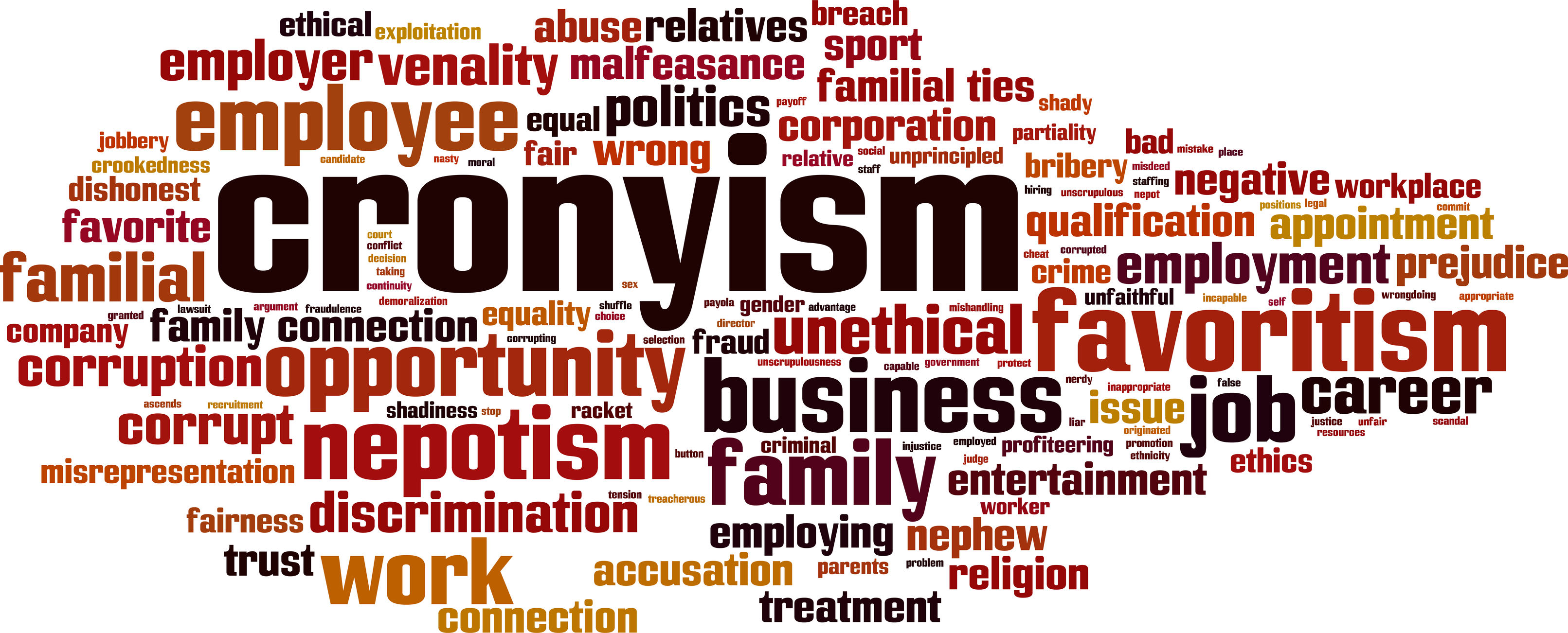An education funding bill that included expanding a tax credit scholarship program and providing parents education savings account options for K-12 students died on a tied vote last week. Substitute for Senate Bill 175 narrowly passed the House 64-59 and appeared set for Senate passage with 21 votes. However, Sen. Rob Olson, an Olathe Republican, changed his vote at the last minute, and the 20-20 tie killed the bill.
He told the Kansas City Star that he changed his vote after taking a second look at the legislation.
“I have my reasons,” Olson told the Kansas Reflector. “If a constituent asks, I’ll tell them. I’m good with my vote.”
Olson’s last-minute flip-flop prevented kids who are below grade level, those suffering from dyslexia, and low-income students of the chance for better educational opportunities.
Olson did not respond to a Sentinel request for comment prior to press time.
Was Olson was playing ‘political games’?
There are grumbles that Olson’s switch reflected “political games,” as Senate President Ty Masterson told the Star.
“Unnecessary distractions in the senate that have nothing to do with this bill squandered this opportunity for families across the state,” said Elizabeth Patton, executive director of Americans for Prosperity-Kansas. “Kansas families suffered today at the hands of personal pride.”
In a late-night debate the night before, the legislation garnered a vote count of 20-18 — one vote shy of the number needed to become law. Olson was a ‘yes.’ Senate Majority Leader Gene Suellentrop missed the vote, which occurred the same day that the affidavit of his March 16 late-night arrest became public.
Suellentrop returned to the Senate the next day and cast a vote for the education funding legislation. However, Olson flipped, killing the proposal. Hours later, the Kansas Senate Republican Caucus stripped Suellentrop of his title as Senate Majority Leader in a closed-door session.
Olson was an early proponent of removing Suellentrop from leadership. Where most lawmakers refrained from publicly commenting on Suellentrop’s legal troubles, Olson told the press that Suellentrop should consider resigning from leadership.
How many more generations must be left behind?
None of the senators who voted ‘no’ talked about how dyslexic students and those below grade level would be better served in the public school system, so we asked them:
- How many years (or decades) do you think it will take the public school system to get students to grade level?
- What do you say to (potentially) generations of students who be left behind in the meanwhile?
Nineteen of the 20 senators who said ‘no’ to student empowerment are unwilling to answer those student-focused questions. But the intellectually honest answer to the first question is easily determined according to Dave Trabert, CEO of Kansas Policy Institute, which owns the Sentinel.
“Many students will never be at grade level by the time they are given a diploma if the system and the adults in it are allowed to continue operating with no accountability.”
- The percentage of 10th-graders below grade level in math grew worse between 2015 and 2019, going from 37% to 41%.
- The percentage of 10th-graders below grade level in reading also grew worse between 2015 and 2019, going from 24% to 34%.
Only Senator John Doll, R-Garden City, responded, but Trabert says his answers were not intellectually honest. In response to Question #1, Doll said, “Depends on how much longer the Legislature continues to underfund public schools.”
Senator Doll knows that school funding, this year estimated to be $16,216 per student by the Department of Education, is accepted by the Kansas Supreme Court as constitutional. He also knows that the education lobby has not produced a shred of evidence that spending more money caused student achievement to improve anywhere in this nation.
Doll said he would tell those students who will be left behind, “We should have never followed the Brownback experiment that robbed countless students of the resources their schools needed in order for them to be successful. Hopefully our current and future legislators will follow the Kansas Constitution and adequately and equitably fund our public schools.”
Trabert says that response is also not intellectually honest.
School districts filed their lawsuit the same day Brownback was elected, based on actions taken by Democrat Governor Mark Parkinson. Doll knows that school spending increased under Brownback, going from $12,330 per student in 2010 to $13,225 in 2017. Spending, as calculated by the Department of Education, does not include funding provided to districts but used to increase cash reserves. Senator Doll also knows that school districts’ operating cash reserves increased from $780 million in 2010 to $952 million in 2017.
Trabert says, “If anyone robbed students of resources, it was local school boards and administrators.”
SB 175 provided parents with educational flexibility
“(The bill) would have given them the educational flexibility that these promising students deserve, especially after months of learning loss and difficulties with virtual learning,” Patton said.
Experts disagree on exactly how much learning loss occurred as a result of COVID-related school closures. They agree, however, that learning loss occurred, and that poor and minority students bore the brunt of the impact.
“The usual legislative partisanship is expected, but the pettiness on display Friday morning directly harmed Kansas’s neediest children,” said James Franko, president of Kansas Policy Institute. “Politics ain’t beanbag, the saying goes, but rarely does that amount result on a direct assault on actual policy as it did on SB 175.”
A Stanford study concluded that students from less-educated homes lost 60% more in education than students from more-educated homes. Another analysis suggested that students learned 67% of the math and 87% of the reading that grade level peers typically learned in the same time frame. In other words, students lost the equivalent of three months of math learning and 1.5 months in reading.

Poor and minority Kansas kids struggled before policymakers closed schoolhouses.
The 2019 state assessments showed 34% of white, Kansas 10th graders tested below grade level in math, while 58% of Hispanic students and 66% of black students tested below grade level.
“It is highly disappointing that some Kansas Senate members chose politics over policy on Senate Bill 175,” Patton said.
Education funding must pass before session ends
Lawmakers must pass a bill to fund K-12 education before the session expires. However, the last-minute switch makes it much more challenging to expand the tax credit scholarship program and give students fresh educational opportunities.
The dead bill provided more than $5.8 billion in school funding to public schools next year. It reduced funding to districts that limit in-person learning and expanded the state’s tax credit scholarship program.
Implemented in 2015, the program gives taxpayers an income-tax credit in exchange for donating to the program. In turn, the poorest students in the bottom-ranking 100 public elementary schools can use the funds to seek a better education. The proposed expansion allowed any student on free or reduced lunch to utilize the scholarship funding. More than 600 of the state’s 465,000 Kansas students currently participate in the scholarship program.
Another provision in the bill created an education savings account program. Administered through the Kansas Treasurer’s office, the program would allow kids below grade level or suffering from dyslexia to take base-state-aid-per-pupil funding, about $4,500, and use it to pay for private school tuition, tutoring, or other educational opportunities.



